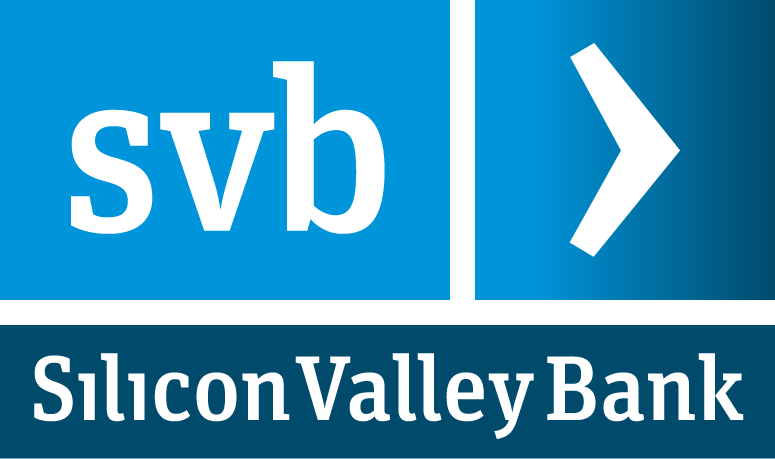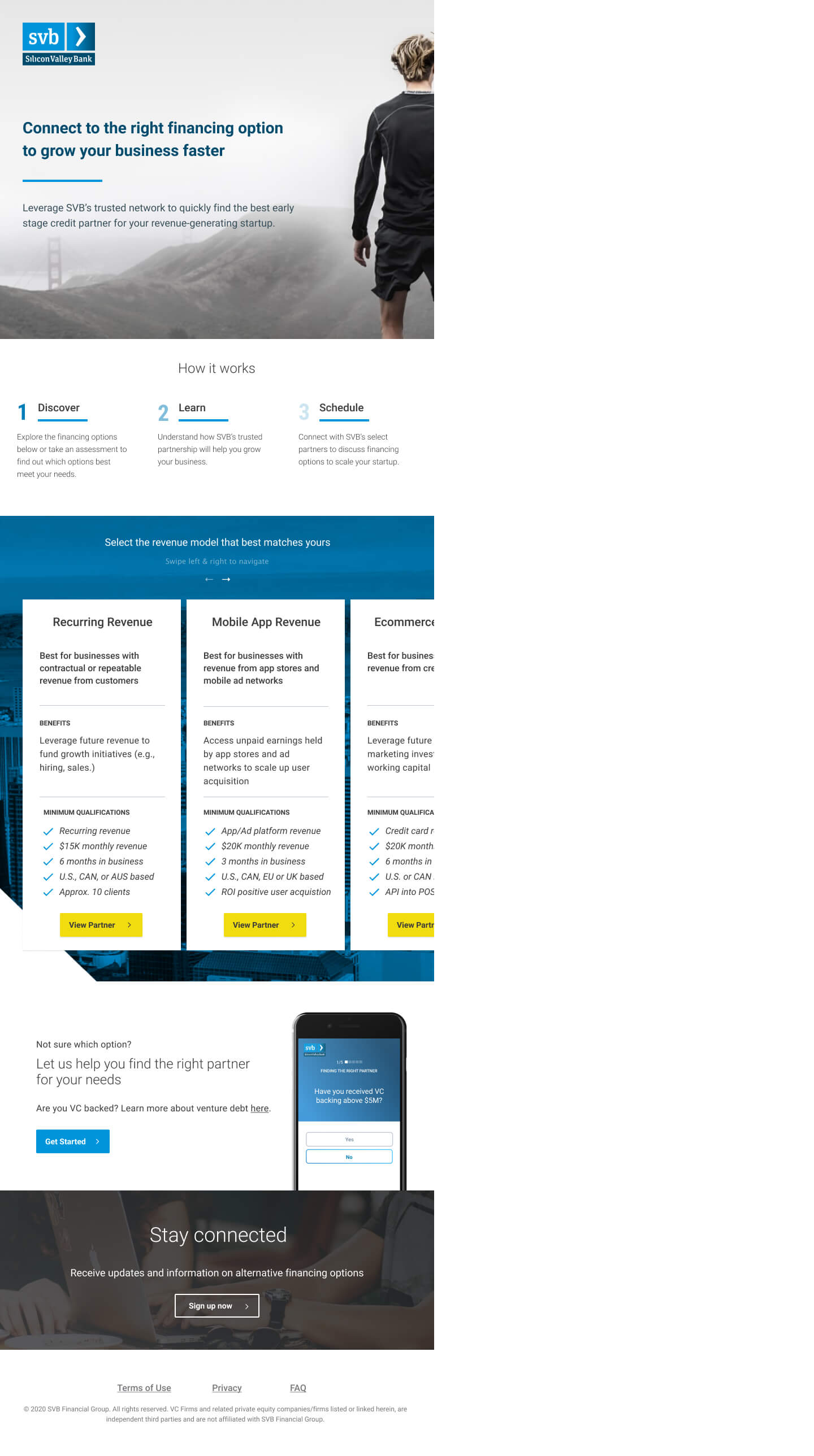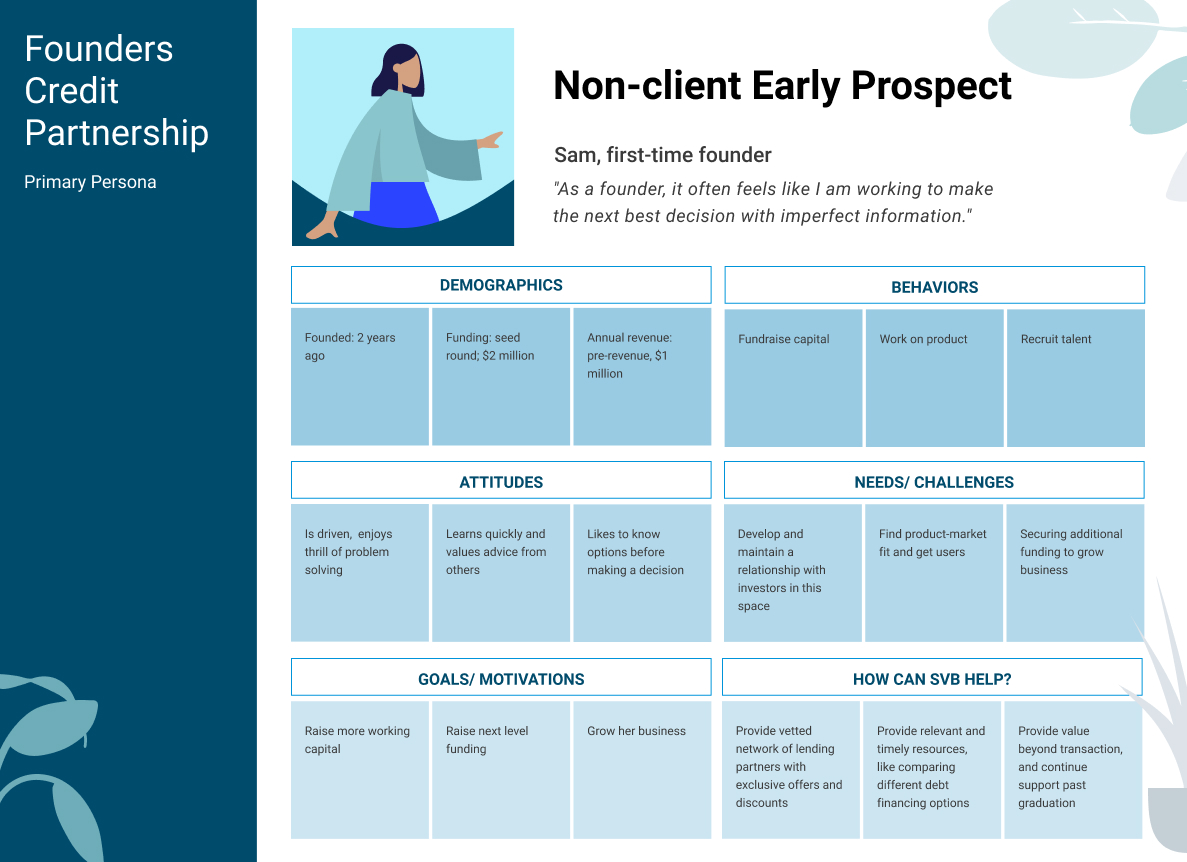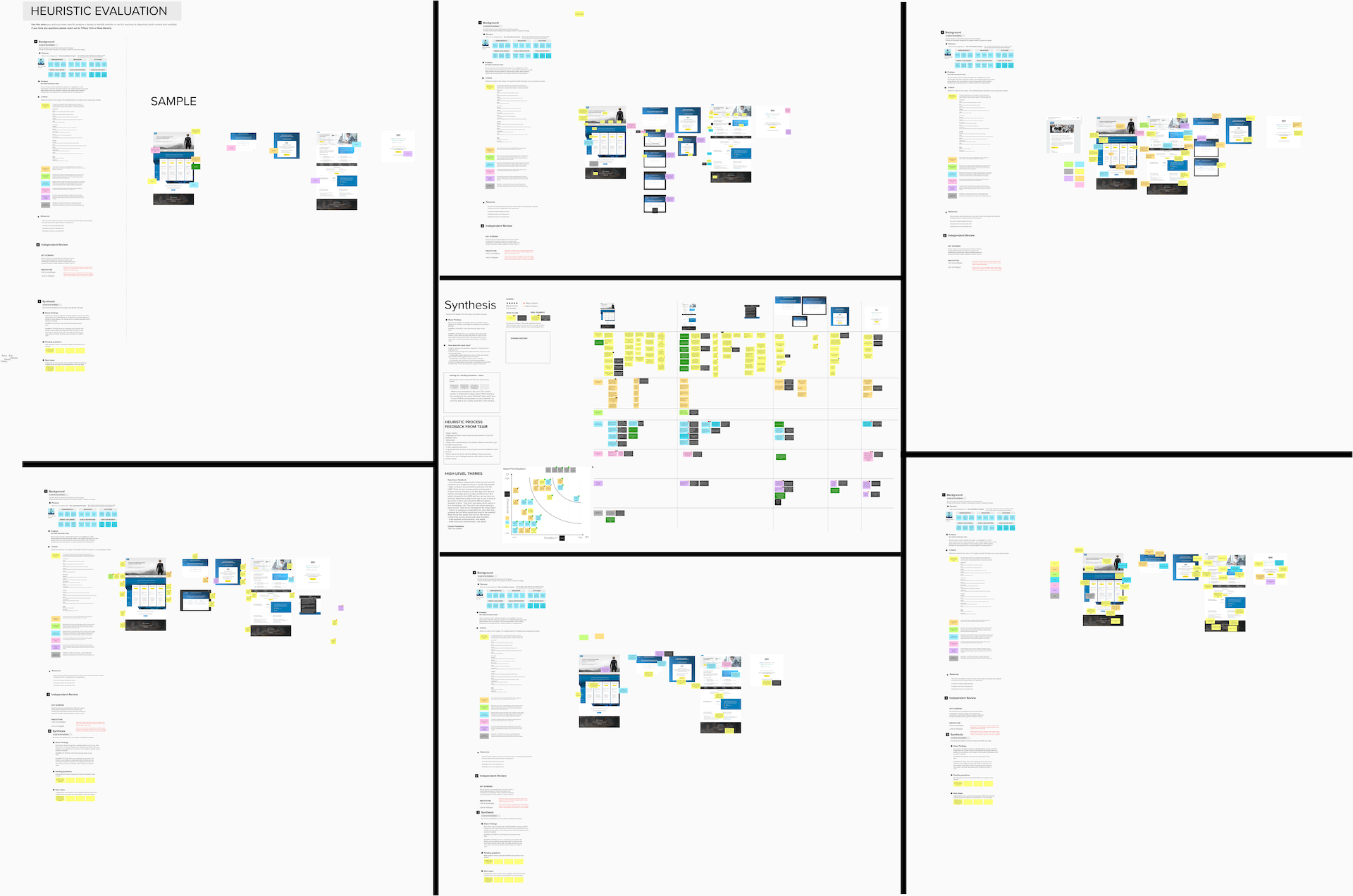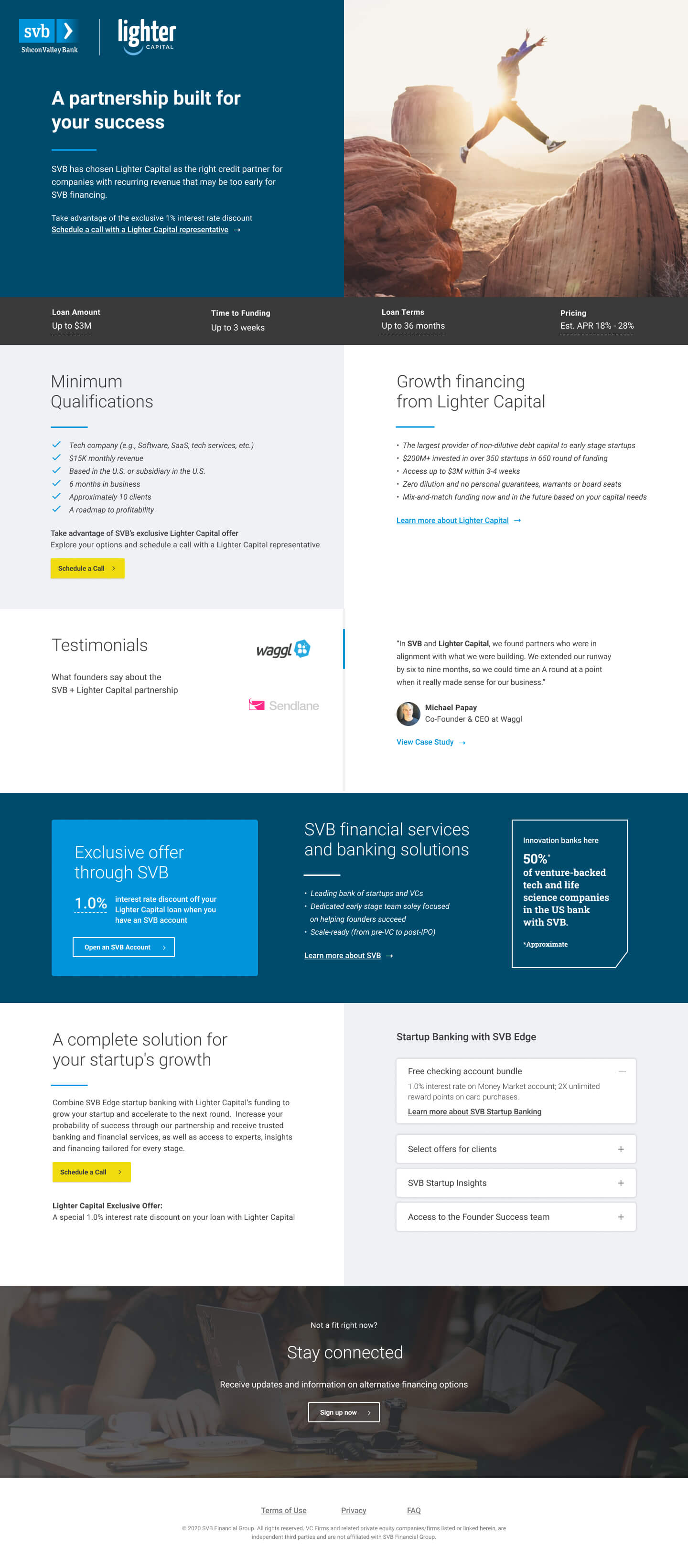The Process: Concept testing followed by a heuristic evaluation
User Research
Tools used: Sketch, Mural, UserTesting, etc...
Concept Testing
We used a modified RITE testing methodology to test our concepts. RITE stands for Rapid Iterative Testing and Evaluation. Our two-week research cadence allowed us to iteratively improve the prototype before the next round of testing.
What does a round of testing look like?
A lot of work goes into each round of testing which require a lot planning, coordination and documentation. We started off with a research plan that speaks to what our research goals and objectives are. We then created moderator guides for our 1-on-1 user interviews. Every question is carefully crafted so that we can ask the rights questions that foster conversations and answer our research objectives. In tandem, we make sure our research prototype is ready and functioning, and we’ll use this during our test to allow participants to play with the experience first hand.
Once we complete all the interviews, we began our elaborate synthesis process, nothing fancy, using an excel sheet. After each round of testing, we produced a detailed summary that includes our high level findings, recurring themes, and recommendations. This would then trigger the team to collaborate on the next steps to iterate on the experience. Our structured approach allows us to ground our design process in research.
A deeper dive into our research objectives
Our research goal was simple, we wanted to test out this new concept and also continue to refine the experience. In each round of testing we tweaked our goals and objectives and tailored our moderator guide and prototype.
Who did we test with?
We conducted 5 rounds of testing with 17 founders who are from different demographics, and have very different business models. We sourced our participants through relationship managers.
Why is this important?
These were very timely research studies. Our participants have actual pressing debt needs. So for example, instead of asking “can you think of a time when you considered a loan” we can directly ask “we know you are looking for a loan right now” and as they were going through our experience, our solution is relevant and applicable, therefore increasing the efficacy of the research study.
